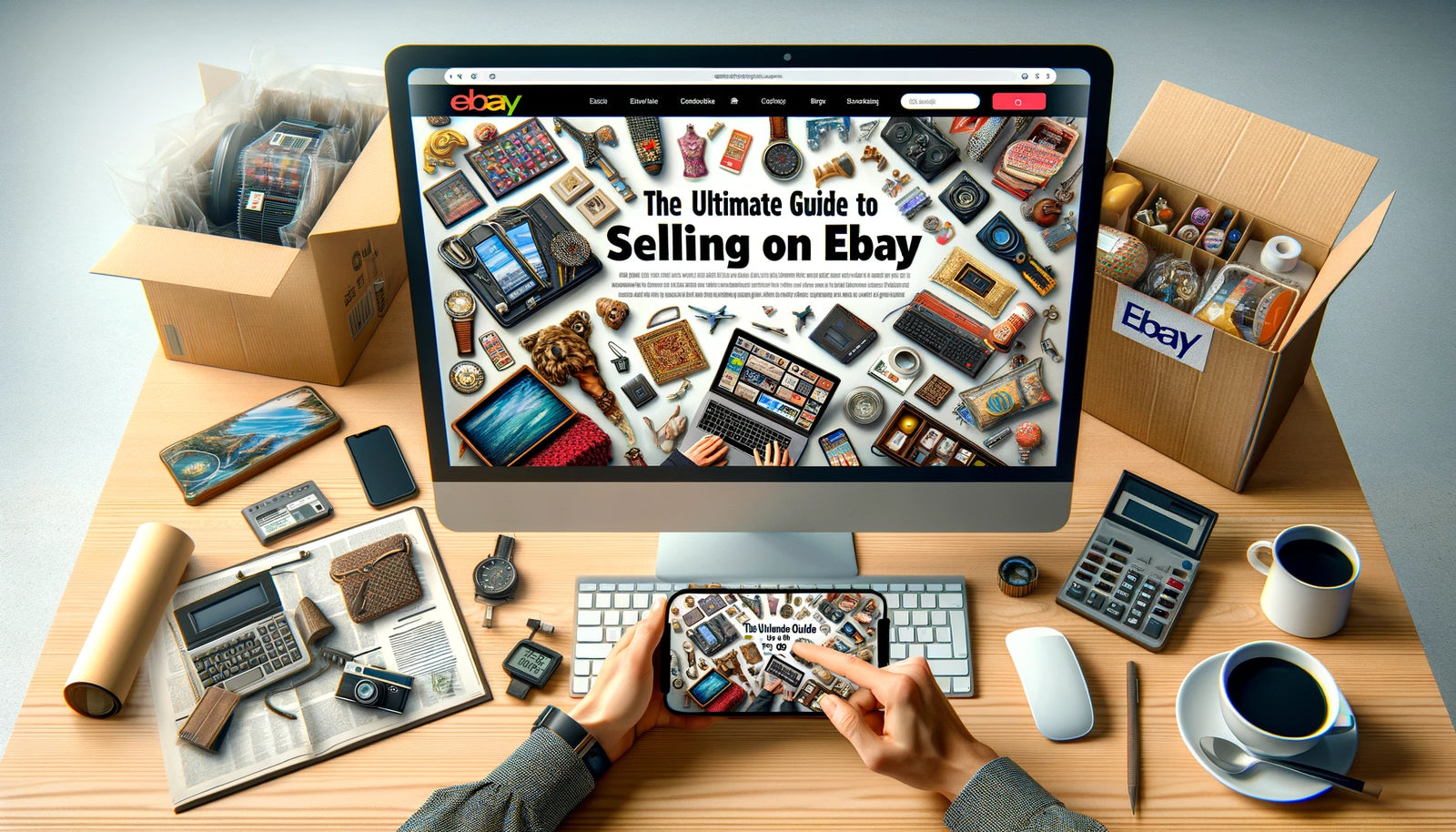Setting Up Your Amazon Seller Account
Before you start selling on Amazon, you need to set up a seller account. Here’s a step-by-step guide:
- Choose a Selling Plan: Amazon offers two selling plans: Individual and Professional. The Individual plan is suitable for those who sell fewer than 40 items per month, while the Professional plan is for those who sell more than 40 items per month. For more details, visit Amazon's Selling Plans.
- Register Your Account: Go to Amazon Seller Central and click on “Register Now.” Follow the prompts to create your account. You’ll need to provide business information, contact details, and tax information.
- Set Up Your Seller Profile: Customize your seller profile with a professional logo and a compelling description of your business. This helps build trust with potential buyers.
Researching and Sourcing Products
Choosing the right products to sell is crucial for success on Amazon:
- Conduct Market Research: Use tools like Jungle Scout and Helium 10 to analyze market trends and identify profitable products. Look for products with high demand and low competition.
- Evaluate Product Viability: Consider factors such as profit margins, supplier reliability, and shipping costs. Ensure that the products you choose align with your business goals and capabilities.
- Source Your Products: You can source products from wholesalers, manufacturers, or private label suppliers. Platforms like Alibaba and Global Sources are excellent for finding reliable suppliers.
Creating Effective Product Listings
Your product listings are the key to attracting customers and driving sales:
- Write Compelling Titles: Your title should be clear and descriptive, including relevant keywords that potential buyers might use. For example, instead of “Great Blender,” use “High-Power Blender with 6 Stainless Steel Blades, 1500W.”
- Optimize Bullet Points: Highlight the key features and benefits of your product in the bullet points. Keep them concise and informative.
- Craft Detailed Descriptions: Provide a thorough description of your product, including its uses, features, and any relevant specifications. Use HTML formatting to make the text more readable.
- Use High-Quality Images: Include high-resolution images that show your product from multiple angles. Use lifestyle images to demonstrate the product in use. Amazon allows up to nine images per listing.
- Incorporate Keywords: Use keyword research tools to identify relevant keywords and incorporate them naturally into your title, bullet points, and product description.
Managing Inventory and Fulfillment
Effective inventory management and fulfillment are essential for maintaining a successful Amazon business:
- Choose a Fulfillment Method: Decide whether to use Fulfillment by Amazon (FBA) or Fulfillment by Merchant (FBM). FBA allows Amazon to handle storage, shipping, and customer service, while FBM requires you to manage these aspects yourself.
- Monitor Inventory Levels: Use Amazon’s inventory management tools to track your stock levels and set up automatic reorder alerts. Avoid stockouts, as they can negatively impact your seller performance.
- Streamline Shipping: If you’re using FBM, choose reliable shipping carriers and offer multiple shipping options to meet customer needs. Consider using Amazon’s Buy Shipping service for discounted rates.
Enhancing Customer Experience
Providing an excellent customer experience is vital for building a positive reputation on Amazon:
- Respond Promptly to Inquiries: Answer customer questions and messages within 24 hours. Provide clear and helpful information.
- Manage Reviews and Feedback: Encourage satisfied customers to leave positive reviews. Address negative feedback professionally and promptly to resolve any issues.
- Implement a Clear Return Policy: Make your return policy straightforward and customer-friendly. Amazon’s A-to-Z Guarantee ensures that buyers can shop with confidence.
Leveraging Amazon Advertising
Amazon offers several advertising options to boost your product visibility and sales:
- Sponsored Products: Promote individual listings to appear at the top of search results and product pages. Sponsored Products are cost-per-click ads that can drive significant traffic to your listings.
- Sponsored Brands: Showcase your brand and multiple products with banner ads that appear in search results. This is a great way to build brand awareness and drive sales.
- Amazon Stores: Create a custom-branded storefront to showcase your products and tell your brand story. Learn more about setting up an Amazon Store here.
- Utilize Amazon DSP: Amazon’s Demand-Side Platform (DSP) allows you to programmatically buy display and video ads both on and off Amazon. This can help you reach a broader audience and retarget potential customers.
Monitoring and Analyzing Performance
Regularly monitoring your performance metrics is crucial for continuous improvement:
- Use Seller Central Reports: Amazon provides various reports in Seller Central, including sales reports, inventory reports, and performance metrics. Regularly review these reports to identify trends and areas for improvement.
- Track Key Performance Indicators (KPIs): Focus on KPIs such as conversion rate, click-through rate, and customer feedback score. Use these metrics to gauge the effectiveness of your listings and advertising campaigns.
- Optimize Listings: Based on your performance data, continually optimize your product listings. Update keywords, enhance product images, and refine descriptions to improve your search ranking and conversion rate.
Conclusion
Selling on Amazon can be a lucrative endeavor with the right strategies and tools. By setting up a professional seller account, conducting thorough product research, creating optimized listings, and leveraging Amazon’s fulfillment and advertising options, you can build a successful business on this platform. Stay proactive in managing your inventory, enhancing customer experience, and monitoring your performance to achieve long-term success.
For more detailed information and updates on selling on Amazon, visit their official seller help pages.
Remember to keep learning and adapting your strategies based on market trends and customer feedback. Whether you're a small seller or a large enterprise, Amazon provides the tools and resources to help you succeed in the competitive e-commerce landscape.






Leave a comment (all fields required)